Algorithmic Toolmaking
Algorithmic Toolmaking: Parameter Thinking in Landscape Architecture
Kadin Hegglun
A thesis submitted to the Victoria University of Wellington in
fulfilment of the requirements for the degree of Landscape Architect
Victoria University of Wellington
2020
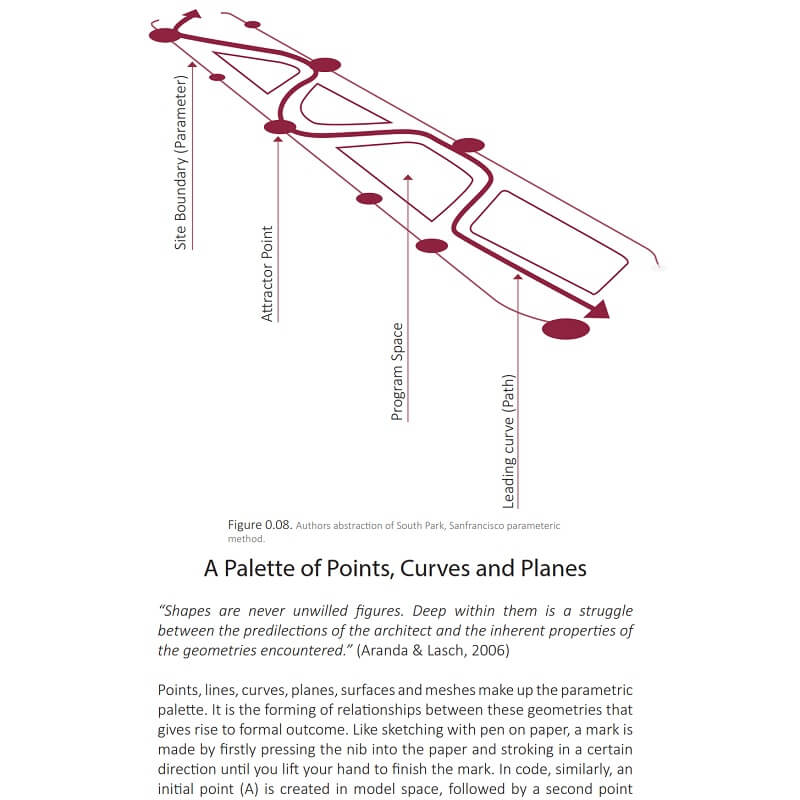
This thesis by Kadin Hegglun interrogates the contentious integration of digital technologies into the field of landscape architecture. Identifying that an application of computational technique is largely unknown, the research delves into the scripting of geometry relationships with the use of the tool ‘Grasshopper’ in the context of landscape architecture.
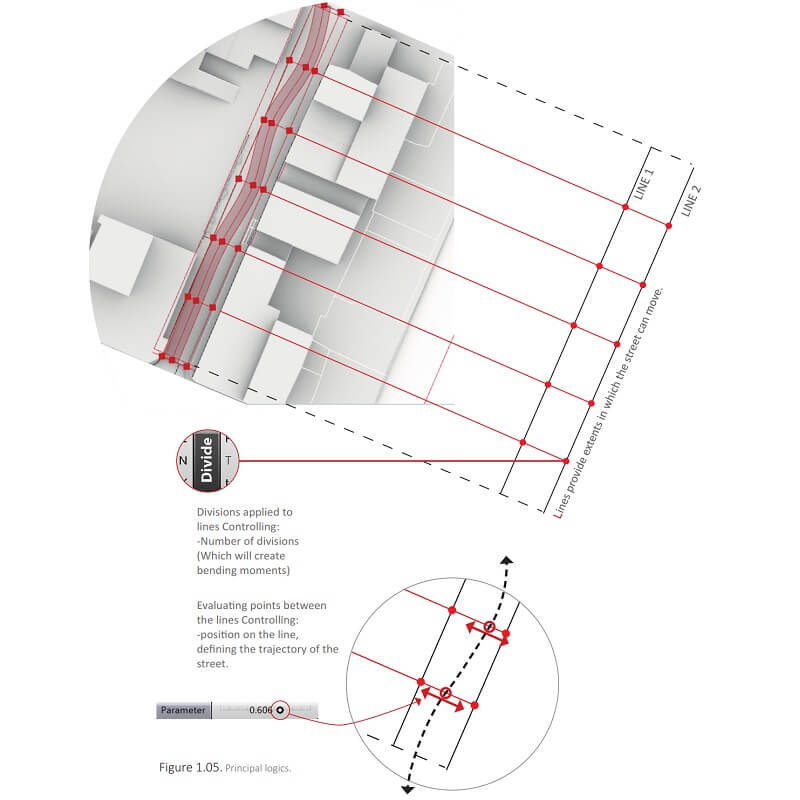
The discourse surrounding the appropriation of digital technology in assistance to landscape architecture is seemingly controversial with an apparent resistance in favour of traditional methodologies of site design. It is commonly stated that, digital software tends to be ‘too architectural’ and therefore less tailored to the open systems that landscape architects contend with.
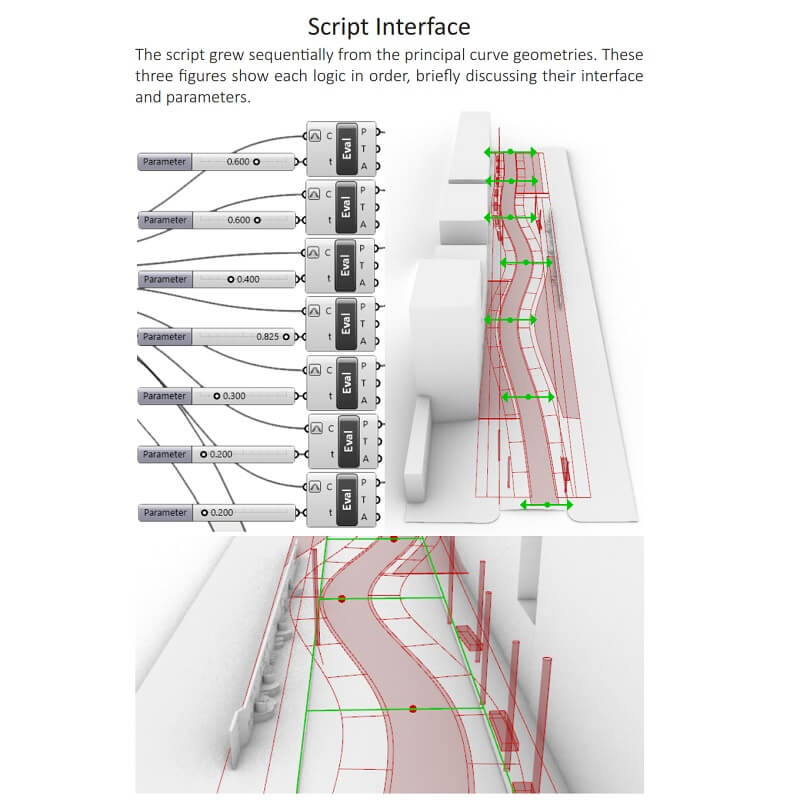
The tendency of contemporary software is to mimic the analogue process and while useful in representation and drawing production – these programs are scale-less and detached from reality. It is affirmed by academics such as Bradley Cantrell and Caroline Westort that landscape architecture needs more algorithmic attention. Stressing the construction of relationships between design-move and site condition.
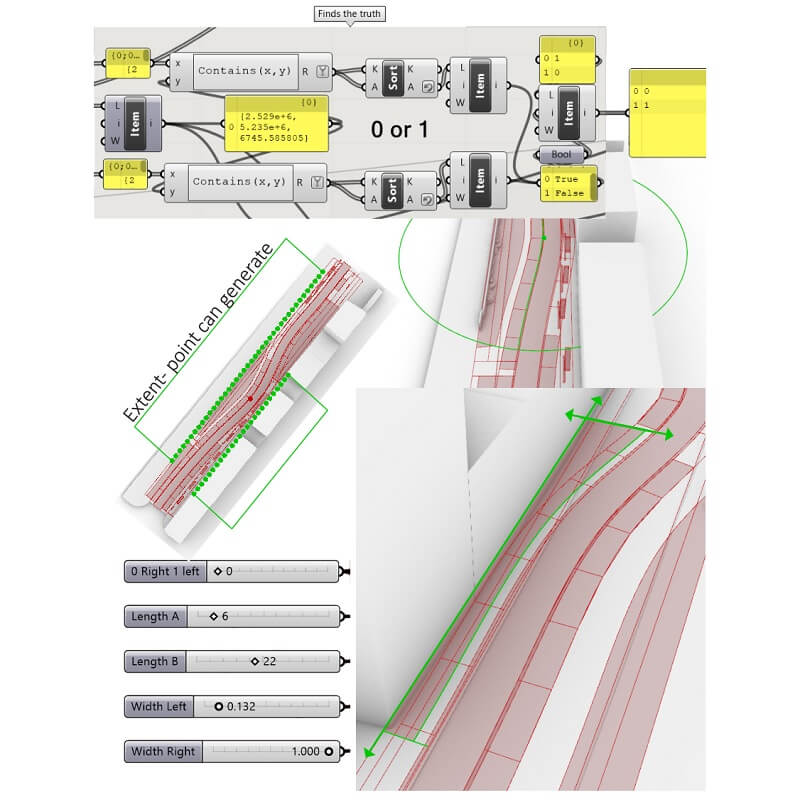
Parameter thinking infers a method of rule setting and dedication to the settling of boundaries in which the potentials of site intervention has room to shift. Geometries, points, curves and planes provide such palette. Abstraction is a primary conceptual driver of any drawing convention yet Grasshopper offers a more dynamic and animated process of conceptual development.
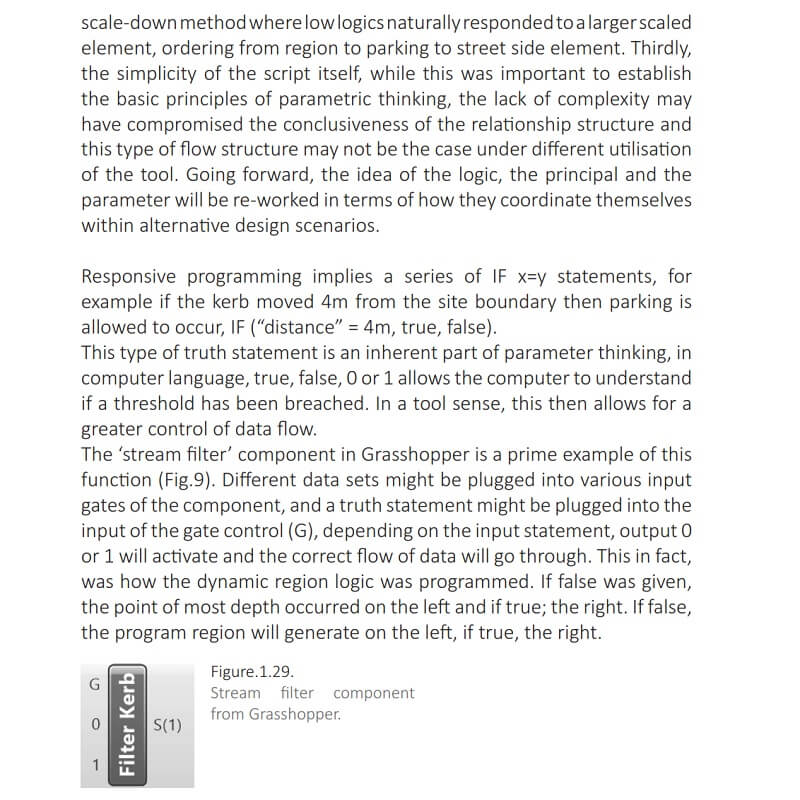
The abstraction of site into such geometries grants a dynamic, shifting and generative paradigm to design and toolmaking. This thesis is to unfold the paradigm of operating within such a toolset adopting the use of Grasshopper almost exclusively as a way of engaging with conceptual development. Such an interface allows this thesis to note the performance of an algorithmic toolset and adopt an algorithmic mind set.
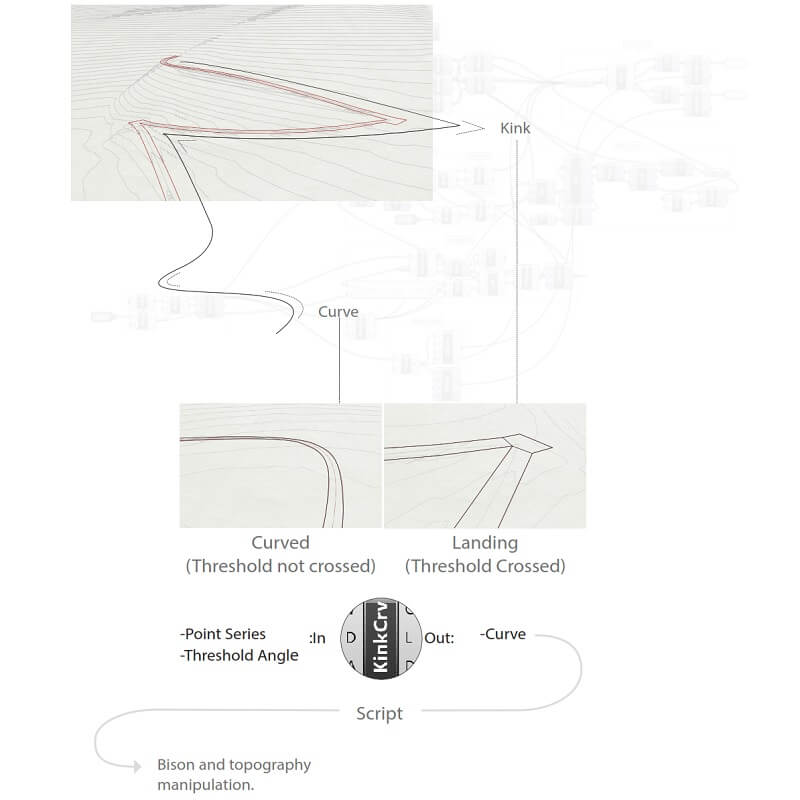
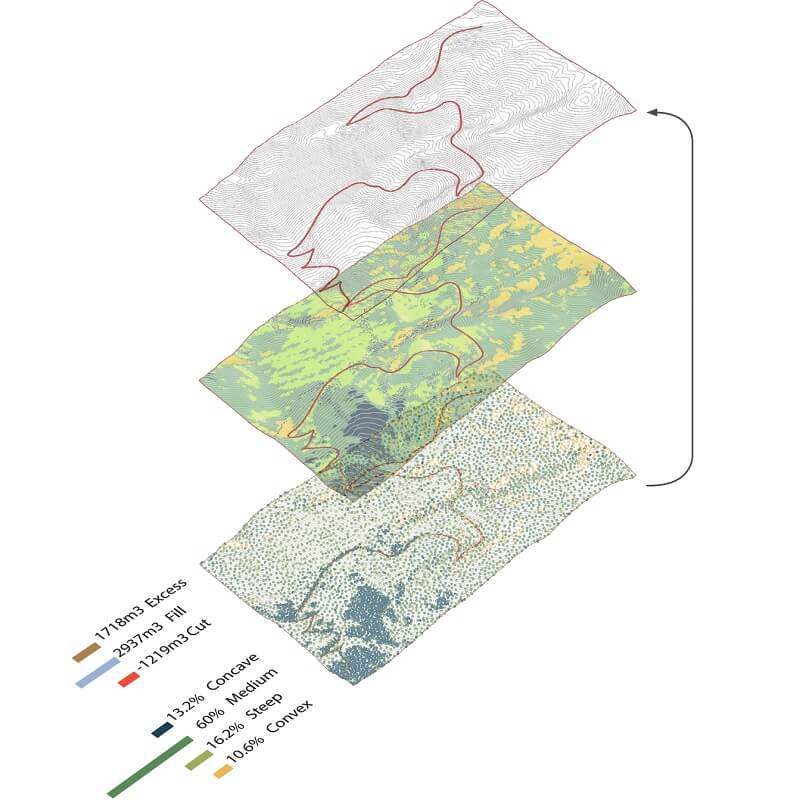
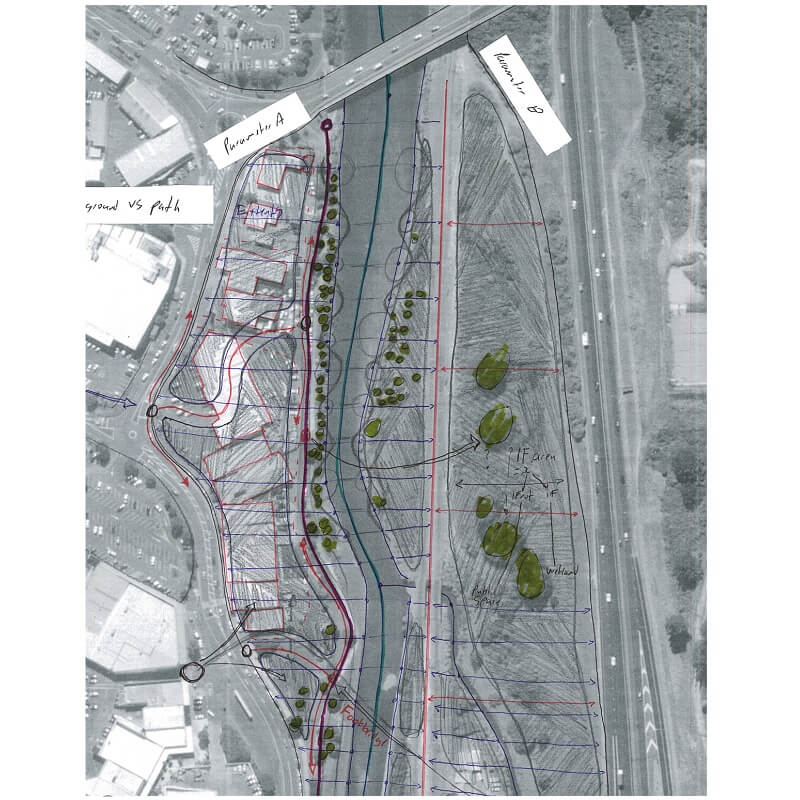
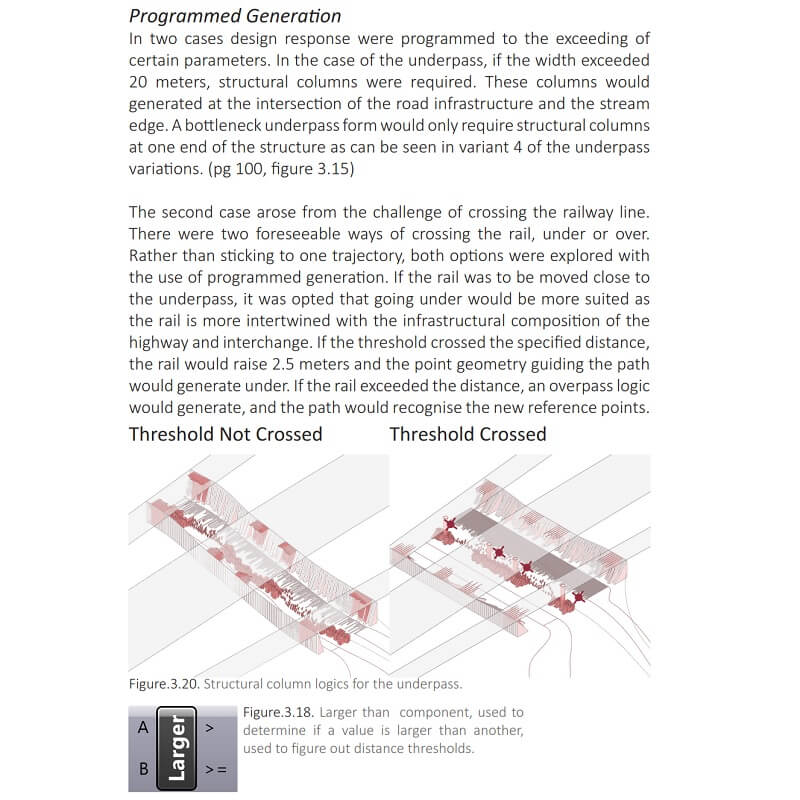





























Comments